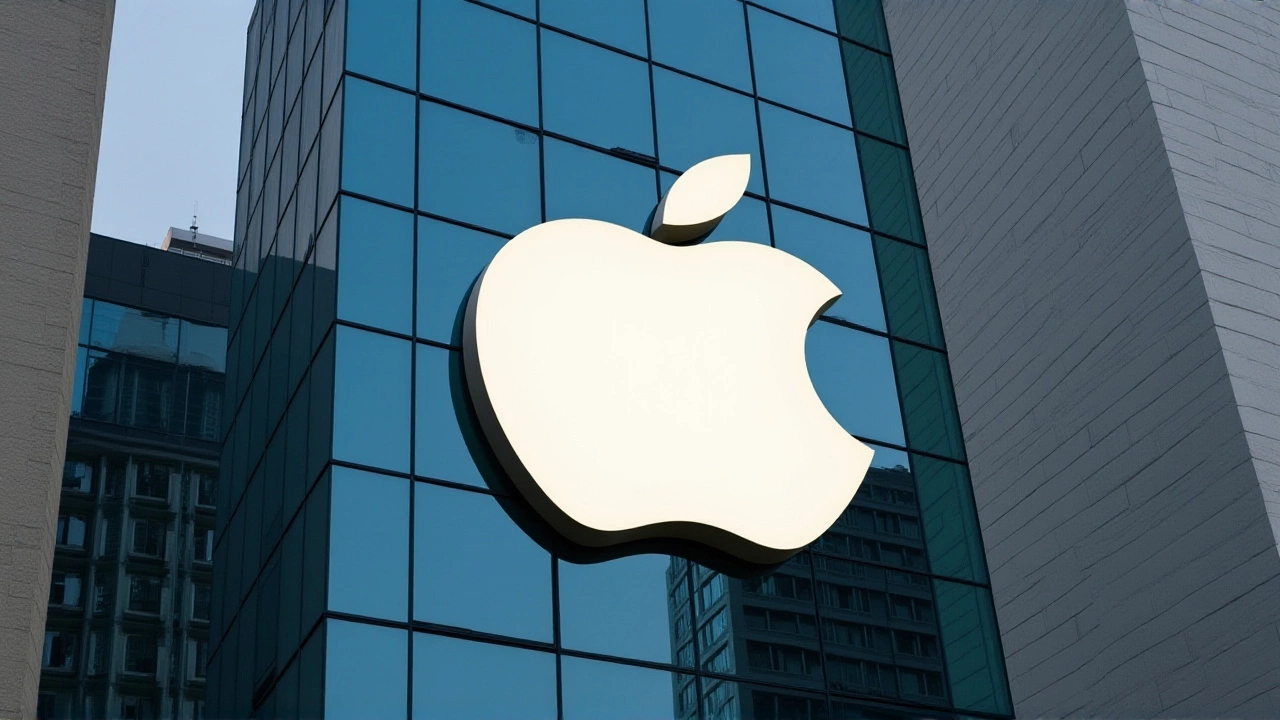Cupertino: The Hub Where Apple Shapes Tech Futures
When talking about Cupertino, the city in California famous for being the headquarters of Apple and a core part of Silicon Valley. It’s also known as Apple City. Nearby, Apple, a global consumer‑electronics giant that drives design, software, and services innovation fuels most of the tech buzz. And then there are tech startups, early‑stage companies that build new apps, platforms, or hardware to solve emerging problems. All three entities intersect in a way that shapes what we read about next.
Cupertino isn’t just a dot on the map; it’s a live lab for digital transformation. Companies worldwide watch how Apple rolls out new operating systems, then try to mimic that speed in their own software development cycles. That’s why software development and IT consulting become essential services for any startup wanting to stay competitive. In other words, the need for custom code and cloud‑based solutions requires expertise that firms like Cyrus Infotech provide.
How Apple, Startups, and Silicon Valley Influence Each Other
Think of the relationship as a three‑way street: Apple releases a platform update, startups create apps that exploit new features, and the success of those apps feeds back into Apple’s ecosystem. This loop enables rapid innovation. At the same time, Silicon Valley’s venture capital scene watches these moves closely, funding the next wave of AI‑driven tools, quantum‑ready services, and cybersecurity products. The result is a constant churn of ideas that keep Cupertino at the center of tech conversations.
Another key player is information technology itself. IT isn’t just hardware; it’s the glue that holds data, networks, and user experiences together. When a startup adopts a modern stack—think micro‑services, containerization, and AI‑enhanced analytics—it can scale faster and deliver richer user experiences. That scalability is what Apple looks for in its partner ecosystem, creating a feedback loop where better IT practices lead to better products, which in turn raise the bar for everyone else.
From a business perspective, the equation often looks like this: Cupertino + Apple = market credibility, while tech startups + solid IT foundation = growth potential. If you combine all three, you get a recipe for sustainable competitive advantage. This is why posts on software development, digital transformation, and emerging tech trends feel right at home on a Cupertino tag page.
Readers will find a mix of topics below—ranging from cricket news to quantum computing limits—but the common thread is relevance to tech‑savvy audiences. Whether you’re curious about how Apple’s dividend moves influence investor sentiment, or you want a quick look at the latest vaping health data, each article ties back to the broader tech landscape that Cupertino represents.
So, as you scroll through the collection, keep an eye on how each piece reflects the interplay between big‑brand innovation, startup agility, and the IT tools that make everything possible. The next article might just give you a fresh angle on how to apply Apple‑style design thinking to your own digital projects.
